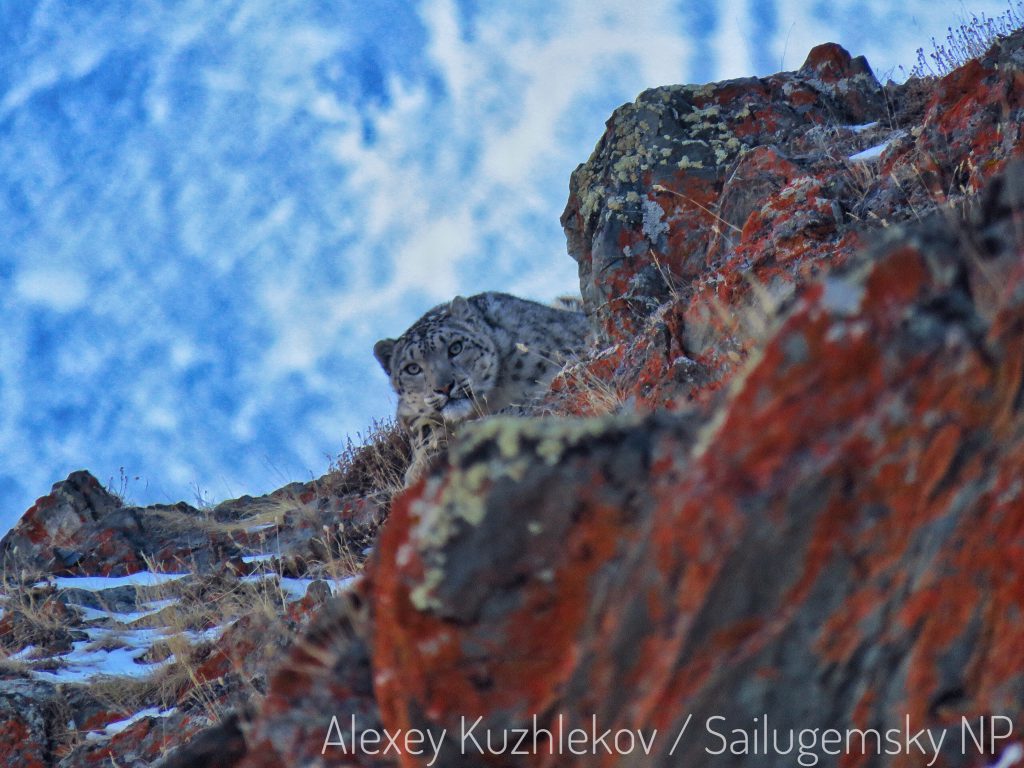Miners can be champions of biodiversity too

The importance of a robust, measurable ESG policy has never been higher. It is no longer just a “nice to have” or a public relations exercise. It must form the cornerstone of a miners’ licence to operate. Rightly so. Far from resisting this increased scrutiny, we welcome it.
But a strong ESG strategy has also to be much more than a box-ticking exercise on a grand scale. ESG can and should form the basis of a corporate culture – how we treat our people, our communities and our local environment, or to use an increasingly popular phrase – our purpose.
Nordgold’s corporate motto is “More Than Gold”. We are proudly a focused international miner of the precious metal, but we believe we do far more. That belief is what drives our culture – and it is driven from the top.
Biodiversity, in particular the monitoring and concern for the wildlife around mines, has formed a central tenet of Nordgold’s ESG policy since joining forces with the Snow Leopard Foundation in 2017
How we intend to leave a positive lasting legacy on our host communities is our absolute priority and the core measure before any final investment decision is taken on constructing a new mine or infrastructure project.
We are not the only ones doing this, of course. As an industry, I believe we have rapidly adapted to the new reality. I firmly believe mining can be a force for good for all our stakeholders and I know the vast majority of my peers feel the same.
Nordgold is still a relatively young miner – we were founded in 2007. We are still evolving, still growing. We are ambitious and are not yet where we want to be. But the intent is there and so is the will.
To that end our 2021 ESG strategy will include a commitment to reduce our carbon footprint, as well as to disclose not just Scope 1, but also Scope 2 emissions. We’ve also committed to net zero CO2 emissions by 2050 in support of the Paris Agreement.
Biodiversity, in particular the monitoring and concern for the wildlife around our mines, has formed a central tenet of Nordgold’s ESG policy since joining forces with the Snow Leopard Foundation in 2017.
We now consider the snow leopard, a severely endangered big cat found in Siberia, to be our unofficial mascot. We work with the foundation to study and preserve the snow leopard population in Russia in the mountains of Eastern Sayan (near our Buryatia mine).
We know there is a small, but thriving community of these stunning animals in the region and it is vital we do all we can to protect them. Our work with the Snow Leopard Foundation showed the potential our industry can have to protect biodiversity in our surrounding communities.
We work in very remote locations, from the African Sahel to the Yakutian tundra, and our licence areas can cover significant acreages. The surrounding environments are sometimes highly biodiverse areas, home to rare and or even protected animal and plant species.
For example, according to the Environmental Impact Evaluation report at our Berezitovy mine (South East Russia) in 2017, 33 species of flora and fauna listed in the Russian Red Book of endangered species were found in the wider vicinity.
By closely monitoring and researching the snow leopard population, it became apparent we could do so much more.
We have a responsibility to this land that stretches way beyond the mine site itself.
As a result, we will soon be launching a new initiative – the “Nordgold Biodiversity Map” – an interactive tool that will allow all stakeholders to identify the flora and fauna in our licence areas, and follow the progress we are making in helping to preserve these species through the projects that we sponsor or manage.
The Biodiversity Maps will provide a detailed overview of the area under licence and beyond, a summary of the flora and fauna environment and identification of any rare species, and an outline of the work we are doing to help maintain them.
This project will help foster greater engagement with local communities, and we hope will serve as a model for greater industry collaboration as to how we can do even more to protect the environments in which we operate. Our ultimate aim is that through greater research and biodiversity programmes we will enhance the biodiversity status of these areas.
Another good example of this is the annual release of over 400,000 peled, a fish native to lakes and rivers of northern Russia. This is a complex logistical and scientific challenge, but the repopulation of the peled has a significant benefit to the health of the local water systems, with associated knock-on benefits for local communities.
I believe our Biodiversity Map can act as a catalyst for even greater participation of the industry into protecting our local environment and it will form a central element of our evolving ESG strategy long into the future.
(By Evgeny Tulubensky, Chief Legal Officer and Director of ESG, Nordgold)
{{ commodity.name }}
{{ post.title }}
{{ post.date }}

Comments